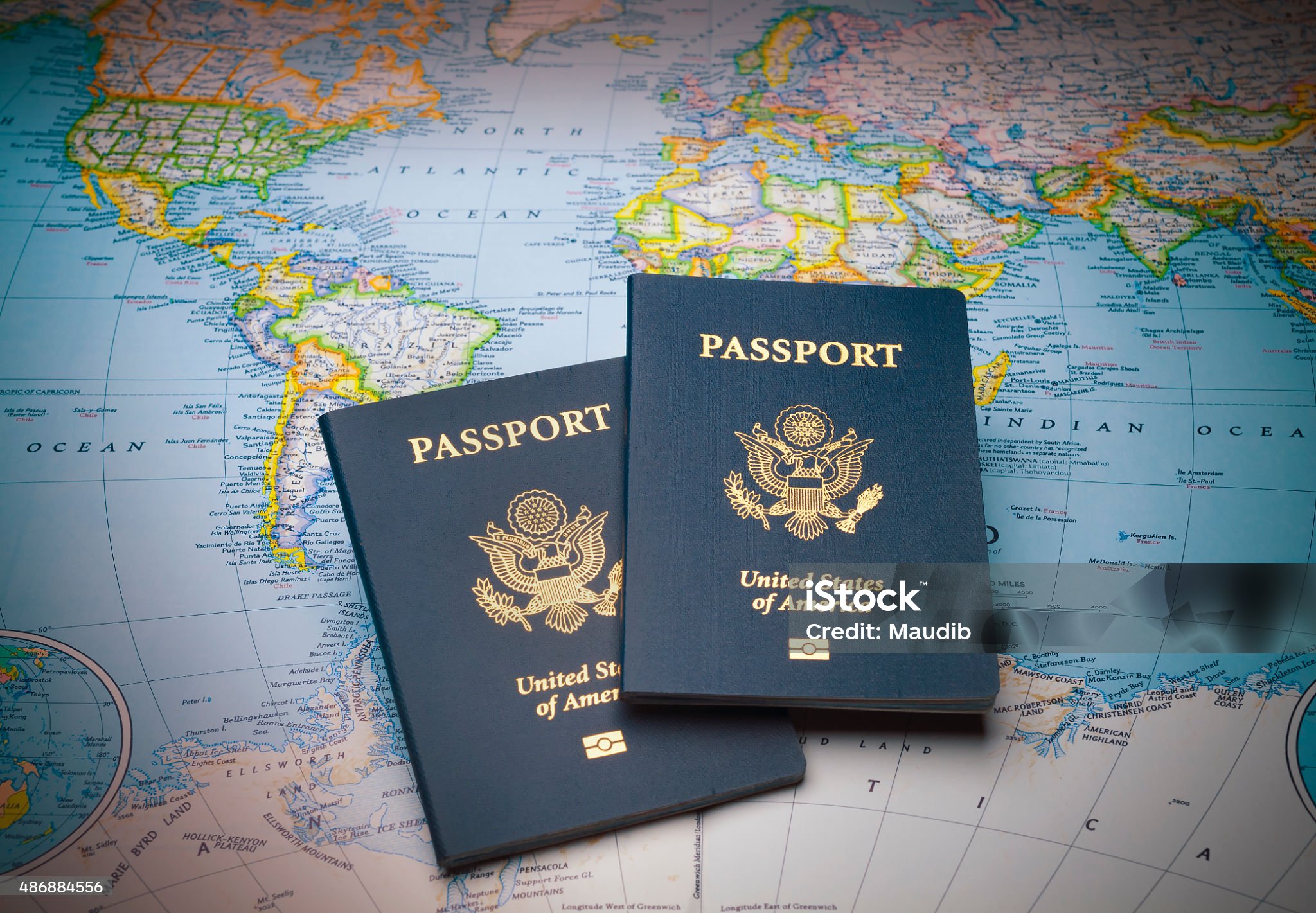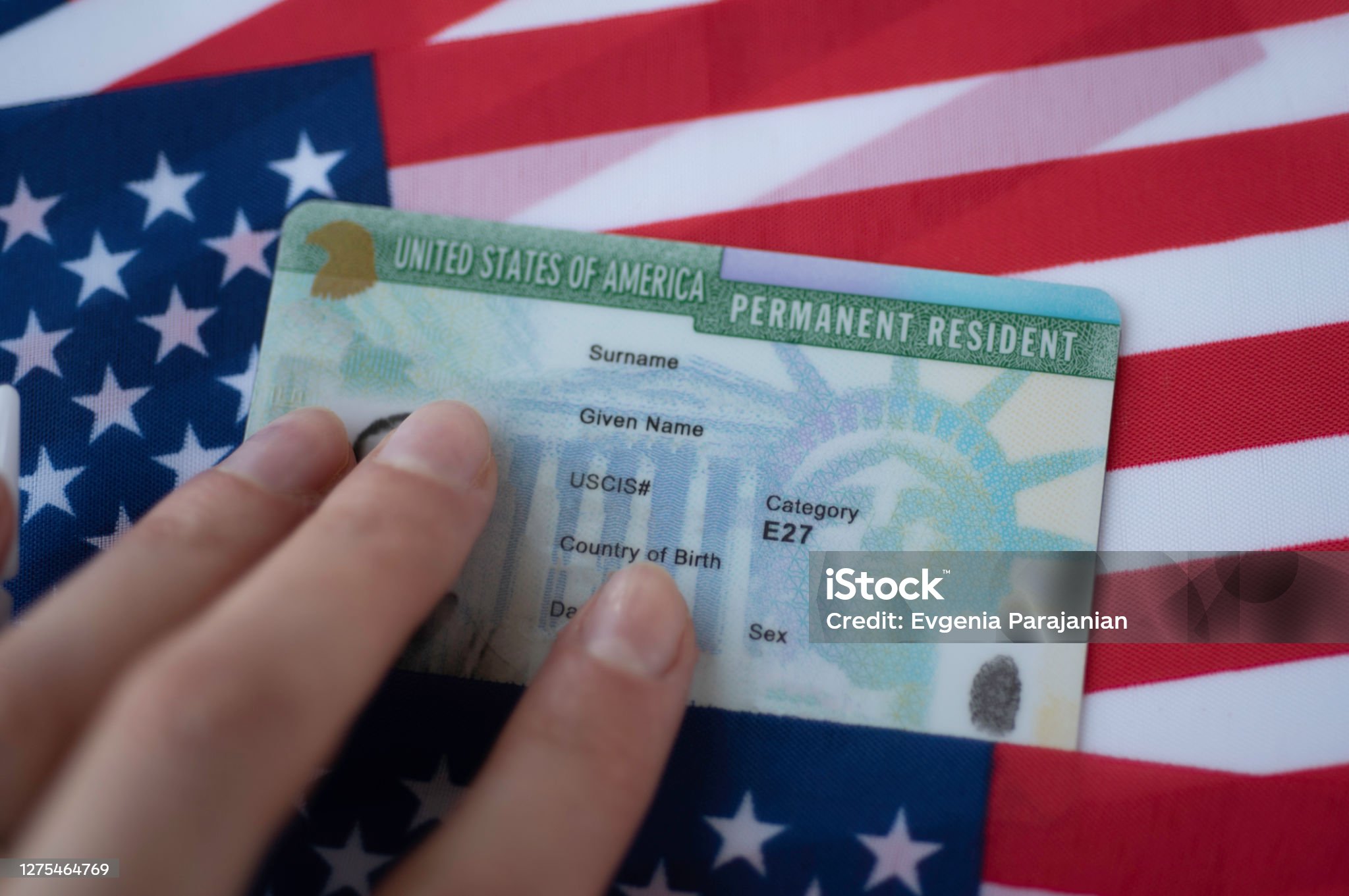
1. Overview of Identification Documents
Personal identification documents hold great importance from both personal and social perspectives. Serving as "permissions" and "access tools," these documents ensure smooth societal operations. Various types of identification documents exist, with each fulfilling a unique role. Take, for instance, a copyright, which confirms an individual's legal ability to drive, and a copyright, which demonstrates citizenship and enables global travel. These documents are the most useful from a personal point of view and play a crucial role in the transaction of contracts, for example, to get a job, to access services, to buy insurance, or to rent a car. Many times, financial institutions might request to review these documents if the borrower seems untrustworthy or lacks a solid credit history. These documents function as both identity verification and legal authorization to operate financially or otherwise.

Identification documents have not always been an essential part of daily life, as they are today. Their significance has increased over time due to shifts in legal and security frameworks. Advances in information technology have made it possible for organizations to develop secure systems that are far ahead of the cutting-edge ID technologies available to the general public. Many countries are in the process of standardizing their IDs with biometric technology. A few countries have implemented electronic exit strategies.
Personal identification documents act as formal proof of legal status. Globally recognized identification forms, such as passports, copyright, copyright, and driver's licenses, are accepted worldwide as proof of identity at both local and international scales. Many people file these identification documents under lock and key or with good protection and can easily access them whenever needed.
In this discussion, we highlight the importance and authenticity of various documents, including IDP, Real ID, copyright, copyright, copyright, and resident permits, aiming to educate on their relevance. Educational staff and the general public should know about them, and this information might be useful in preventing loss or regaining these documents. The content here is designed to inform both national and international readers about the most critical documents they need for personal understanding and practical use.
2. Legal Structures and Rules Overseeing Identification Documents

The governance of identification documents depends on jurisdiction-specific laws and rules. These documents are given to individuals by issuing authorities following rules to ensure accuracy and authenticity. In some cases, identification documents are compulsory, while in other cases they serve as forms of verification or validation. It is the responsibility of the individual to follow the rules of the jurisdiction that governs the use of the document. In conclusion, individuals should familiarize themselves with the local legal requirements in any jurisdiction where they intend to use such documents or perform transactions. Primarily, local and state government bodies regulate, issue, and control the use of certain identification documents for particular transactions.
However, the differences in identification requirements across jurisdictions may interfere with international travel and commerce. It is, therefore, a global concern when people feel wholly alienated when they travel from one country to another and do not comprehend the rules and regulations regarding identification documents. It would be impossible to detail every country’s specific identification rules here, but it is important to know, that with nearly 200 countries and billions of global inhabitants conducting international trade and business, understanding identification requirements is vital. Failure to follow these rules may result in legal conflicts in foreign countries, where international reciprocity must then be considered. Failure to comply with such rules may lead to both civil and criminal penalties for violating laws related to privacy, identity, commerce, trade, or even human rights.
The balancing of public policies with protected rights is often challenging when determining security guidelines for travel identification documents. That is, human rights can be at odds with public policies that demand strict identification measures to prevent terrorism. In recent years, the introduction of digital mobile driver’s licenses has led countries to either update or create new laws and regulations that go beyond just technology, as this field continues to evolve. Digital identification documents for travel have been held up as the next path for moving the world travel community. Despite the shift towards mobile driver’s licenses, there will Real ID still be a requirement for passports for a significant period of time.

Both the standardization and evolution of digital IDs and mobile driver licenses are continuing to develop. For example, nearly two years after California's law on mobile copyright requirements, stakeholders are set to finalize regulations for the first official state mobile driver’s license.
3. Comparative Analysis of International Driver’s License, Real ID, copyright, copyright, copyright, and Resident Permit
The International Driver’s License acts as an identification document for those driving abroad Neither the United Nations nor the International Non-Governmental Organization designed the International Driver’s License for the purpose of traveling between states.
The Real ID, is mainly used as a form of identification acceptable for boarding domestic flights, and functions alongside state driver’s licenses and ID cards that meet national standards. The Real ID can also be employed to gain access to federal buildings and nuclear facilities. However, the Real ID is not a travel document, copyright, visa, or resident permit. Though some people might use the Real ID internationally for identification purposes and to confirm birth date, the Real ID is primarily used to travel domestically.
In the United States, passports serve as original forms of identification, as opposed to derived ones. Passports were developed to ensure citizen safety abroad and aid in travel for diplomatic reasons, treaty negotiations, or international matters of concern. This is the copyright’s formal and administrative role. The copyright also has, naturally, additional bureaucratic and personal uses. In order to travel abroad, especially across state borders, but in some states inter-regionally, the traveler is required to not only hold a copyright but also fulfill additional conditions.
copyright are records issued at birth that serve as the basis for acquiring passports and other identification documents. When comparing the two, copyright and passports may seem to have the same general function. However, a copyright has ongoing effects. Additionally, while a copyright is necessary to get a copyright, it never directly leads to acquiring a “second copyright”. A copyright is irrelevant to obtaining a second copyright unless it involves taking on an illegal nationality.
4. Anti-Fraud Mechanisms and Security Features in Identification Documents
Various security features are implemented to prevent forgery, tampering, and fraudulent activities. For example, many ID cards and documents include advanced features like holograms, layered images, and laser-etched designs. Some ID cards also incorporate RFID chips, which store digital images and biometric information to boost security.
Many security features are either hidden or semi-hidden, such as special inks, watermarks, or microtext. Such security features are designed to make identification documents highly resistant to counterfeiting.

Typically, the security level of an identification document needs to match the trust or authority level it represents. For instance, a copyright doesn’t need the same high-level security features as a copyright, which is primarily used for international travel.
Technological progress has resulted in more sophisticated security features for identification documents. Actively promoting and adopting new security technologies helps keep one step ahead of potential fraudsters and counterfeiters by using up-to-date issuance practices.
Moreover, it is also important to continually evaluate existing and potential security features and issuance methods. This ensures that they keep pace with the ever-changing threats and advances that could compromise the security of the document.
A robust anti-fraud security system must focus on both proactive and reactive approaches to prevent fraud. Proactive measures might include training programs, public information efforts, security seminars, and public service announcements.
5. Conclusion and Future Trends in Identification Document Technology
This article examines the diverse forms of identification documents found around the world. Identification documents should be understood not only in terms of technical aspects like security features but also through the legal frameworks supporting their use in courtrooms.
My research highlights varying perspectives on what constitutes a strong identification document and how its value as a verification tool changes depending on where it’s utilized. It would also be interesting to examine through ethnographic methods how the definition of a “good” identification document varies by country. Comparison studies shed light on how identification document legitimacy can differ, even among countries with similar systems.
The future of identification documents is undergoing significant change, driven by advances in digital technology. Digital technology is helping to advance the functionality and security of traditional documents such as eIDs, keeping pace with mobile phone trends. Key developments in this technological shift are the integration of biometrics and blockchain as distributed ledger technologies.
Biometrics and its “liveness” function will capture biometric data during direct interaction with the enrolling authority, ensuring identity accuracy and reducing the risk of digital identity fraud. This technology could transcend the scope of basic human rights as defined by international laws and constitutions. This access should be kept as private as possible and subject to individual consent.

The spread of digital identity can also lead to issues related to exclusion. Not everyone has easy access to a digital identity in the first place. A so-called “identity gap” has emerged due to technological advances, which lead to unequal levels of access to identity verification across different parts of society.
There is a need for more systematic comparisons between digital identity systems and physical documents. So, apart from verifying identity, these databases are used to verify the risk levels for various transactions. Further research is needed to examine how the rights associated with offline identification verification can be extended to digital identity scenarios.